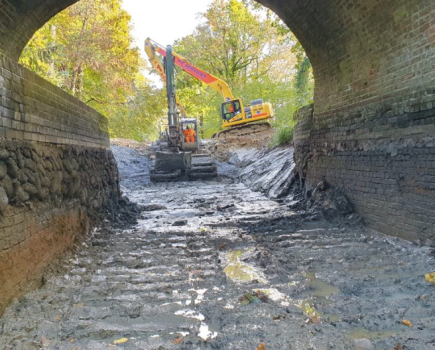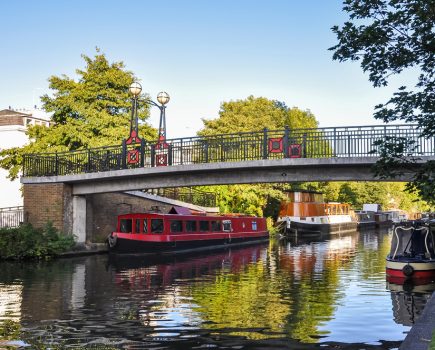Gas can be troublesome, especially after the winter, so it’s worth checking out your system
Spring is on the way and many boats that have been laid up for winter will be being prepared for main boating season – the question is, what might have deteriorated while a boat has been in hibernation?
LPG is stored under pressure as a liquid, but expands in open air to form a volume of flammable gas 250 times greater than its liquid state. Being heavier than air it falls and spreads into low-level enclosed spaces such as cabins, cockpits, engine and bilges from where it can’t escape, and it can lurk like a timebomb.
One of the best detectors is your nose. If you’ve smelled gas, which most of us have from changing cylinders, you’ll know that suppliers add a harmless but pungent chemical to LPG which most people can smell, even at very low concentrations, if gas escapes into the air.
If that should happen take action immediately before the problem gets critical. If you have a restricted sense of smell and want reassurance, consider fitting a flammable gas and vapour detector specifically designed for boats.
To help prevent leaks, if you are replacing components use only those suitable for use with LPG in the marine environment; adjustable regulators, for example, are not acceptable for marine use. Any regulator more than ten years old should be replaced (sooner if the manufacturer recommends it).
Check the air vents around the boat because gas and fuel burning appliances need an adequate air supply to prevent them producing carbon monoxide. Appliance flues should be undamaged and free from restrictions otherwise waste gases, including carbon monoxide, which kills, might feed back into the cabin.
If you decide it’s time to replace an old cooker or hob, choose one with flame supervision devices on all burners and, again, avoid those not designed or intended for use in boats. Your local boatyard or the Gas Safe Register (gassaferegister.co.uk) can help find a fitter registered for LPG work on boats. Don’t allow bodge jobs, it’s just not worth the risk.
Check the flame pattern on the burners, they should not lift from the burner jet holes in an over-powered style, neither should the flame be very ‘floppy’, ‘loose’ or have yellow coloured tips.
Also, avoid leaving a burner unattended, especially if it doesn’t have a flame supervision device – a draught through the boat can extinguish the flame allowing the hob to fill the cabin, and perhaps more dangerously, the bilge with an explosive gas and air mix.
Also check that the cylinder locker drain is not blocked with leaves, spiders’ nests, etc. There should be nothing in the gas locker that could block the vents, damage the gas equipment or cause a spark.
Check flexible hoses for damage or deterioration. If you’re in any doubt about their good condition, get them professionally checked and renewed. They should be manufactured to the standard BS3212:2 – this is the only standard for ‘rubber’ hose suitable for boats
Pay close attention, too, to hoses with tight curves or if exposed to sunlight which can age them prematurely. Inspect the area around the hoseclips carefully – these are the heightened risk points, but the whole hose needs to be examined.
Damaged pipes, especially kinked and severely dented lengths, should be replaced, and rusty and damaged hoseclips need replacing with proprietary gas items – everyday screw-type clips can deform the hose and cause leaks.
A bubble tester in the cylinder locker means you can test the system for gas-tightness, which is a good idea, but check the tester for fluid before pushing the test button.
After changing a cylinder and opening the valve, if you suspect a leak you can check the valve with ammonia-free soapy water or leak detection fluid; bubbles will indicate if there’s a problem.
It might seem obvious but for added protection do, where possible, close the cylinder valve if you are not using the cooker or water heater and, particularly if you don’t live aboard, when you leave the boat.







